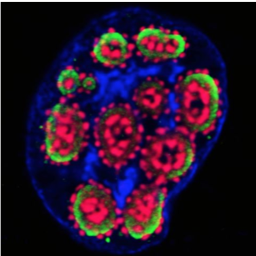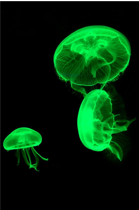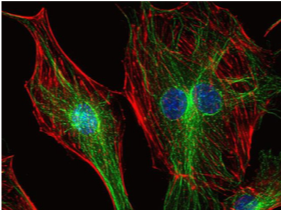Play with light like a lego
- Jeonghwan Dylan Son
- May 27, 2020
- 4 min read
Updated: Jun 8, 2020
Can we see the coronavirus on your hands with bare eyes? The size of this virus is around 100 nanometer. The smallest size our eyes are able to see is about 50 micrometer, which is approximately the thickness of a single hair. Now guess how small the virus is compared to a single hair. This scale difference is similar to a stadium versus a seat. Then, what is “the hack” for scientists to be able to measure the virus size?
In my third grade biology class, I used a simple light microscope for the first time. And I observed fingerprints, ants, and a slice of plant stem. It was a surreal experience to see how small structures inside samples are, then directly compare them to the illustrations in biology books. They say it right when they say that seeing is the best way to understand.
But for much smaller targets such as single cells and viruses, scientists need to utilize far sophisticated microscopy systems to visualize them. Let’s start with a simple example. When you look at the sky at night, stars emit light and we can see it with our eyes or using a telescope to magnify them. The answer of ‘‘the hack'’ is also similar. One, let targets generate lights and Two, magnify it with a microscope. Generating lights from cells or viruses was a challenge, but scientists have discovered ways from nature. For example, Aequorea victoria jellyfish can emit light. Its body spontaneously reacts to specific blue color light to emit green color light. It is specifically by genetic molecules called green fluorescent proteins or fluorophores. Later, chemists were able to extract these genetic molecules that enable fluorescent capability and apply it to cells to possess the same light-emitting ability. Now, modified cells can generate lights just like the shiny stars in the sky.
Figure 1. Aequorea victoria jellyfish (left) and cell image under a fluorescent microscope (right), green color is microtubules inside cells
Next, how to use the lights emitting from modified cells and utilize a microscopie to achieve magnified images of cells? Over decades, physicists have dedicated themselves to finding the way to play with light using glass. In addition, they noticed curved glasses could change the shape of light, meaning the size of an image. Different curvatures and materials of glasses could modify light differently and also magnify the image of cells more than human eyes could achieve. Later, we called these curved glasses as lenses.
Modifying lights from cells with lenses sounds hard to understand at first sight. But basic three examples could visualize this physical law in familiar ways. First, when you play with a magnifying glass to burn the black paper using sunlight, the lights from the sun are focused on to the small spot in paper, meaning sunlight is resized to narrow down to a small spot. Second, when you dip a chopstick into a water filled glass, the shape of it looks bent (called refraction). The traveling speed of light is slower in water than air, which is like your running speed got slower in sand on the beach. Lenses with different materials also change the speed of light with diverse extents. These superpowers of lenses- resize, reshape, and changing speed- are essential to image cells and viruses with magnification.
Making microscopy is a simple process of assembling lenses like how you build a Harry Potter's magic castle with lego blocks. With diverse shapes, sizes, and colors of lego blocks, you can design different architectures and change the size of outcome. It is also available with different size, materials, and curvatures of lenses. Unlike lego blocks, individual lenses can change the shape, direction, and size of light. The bigger the size of light the more magnified image you will get as a result. How fascinating a play with light! For example, a simplified microscope consists of two lenses. One to look at samples and the other to translate the image to a camera or eyes. Typically the first lens is an objective lens that is caged with the array of lenses providing different magnification from 2 times to 100 times. When you add another lens to the next lens, light gets additionally reshaped, bent, and resized differently. Even recent cutting-edge microscopes follow the same rule but they additionally use highly specialized shapes or materials in lenses. In short, the simple lego-like lenses result in diverse performance of functions in microscopy from simple to sophisticated one.

Figure 2. Grape-like structures of viral replication territories in the nucleus of a human cell
In conclusion, light enables us to see the world. But can you imagine playing with lights? Yes, we can’t touch, see, and feel the light itself. Thanks to technical developments, the lego-building-like process with diverse lenses enables the generation of amazing images of cells. Microscopy has enabled scientists to visualize unveiled structures in small targets by providing strong tools and changed the world in science, medicine and education.
Reference
Figure 1.
Figure 2.



Comments